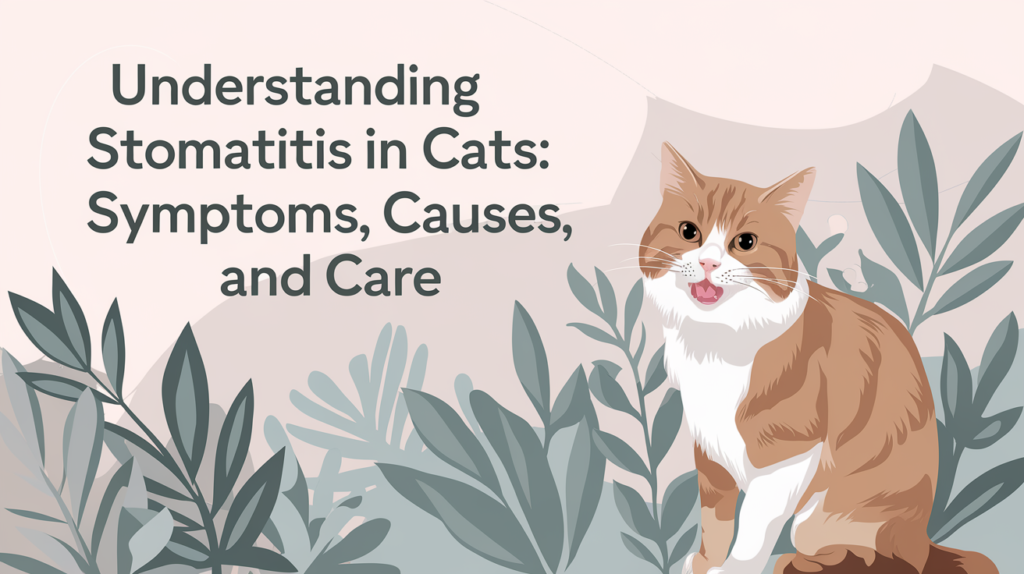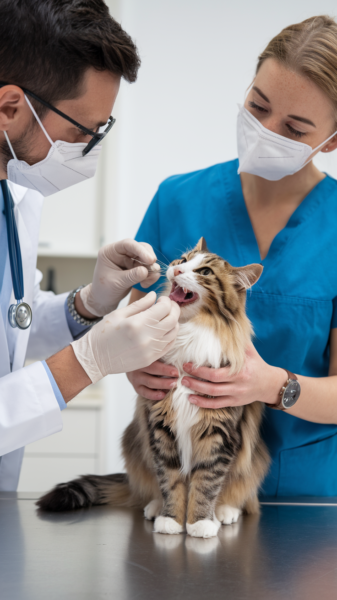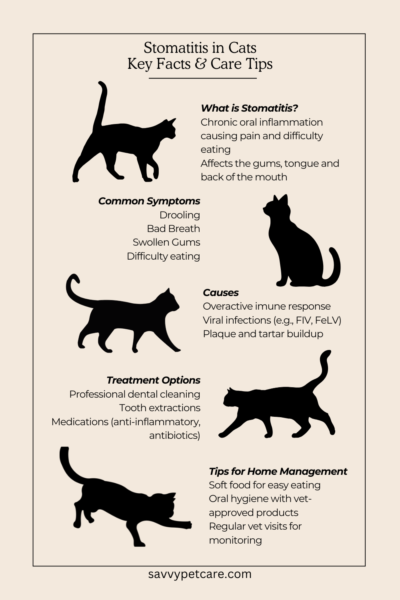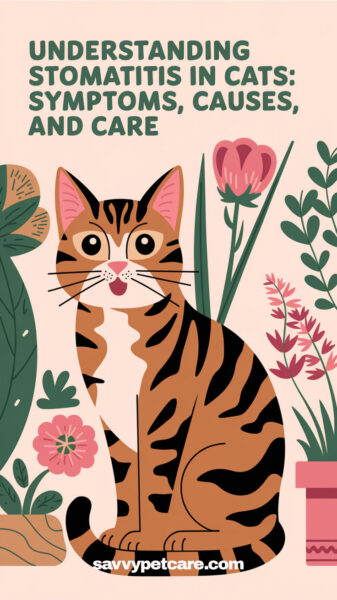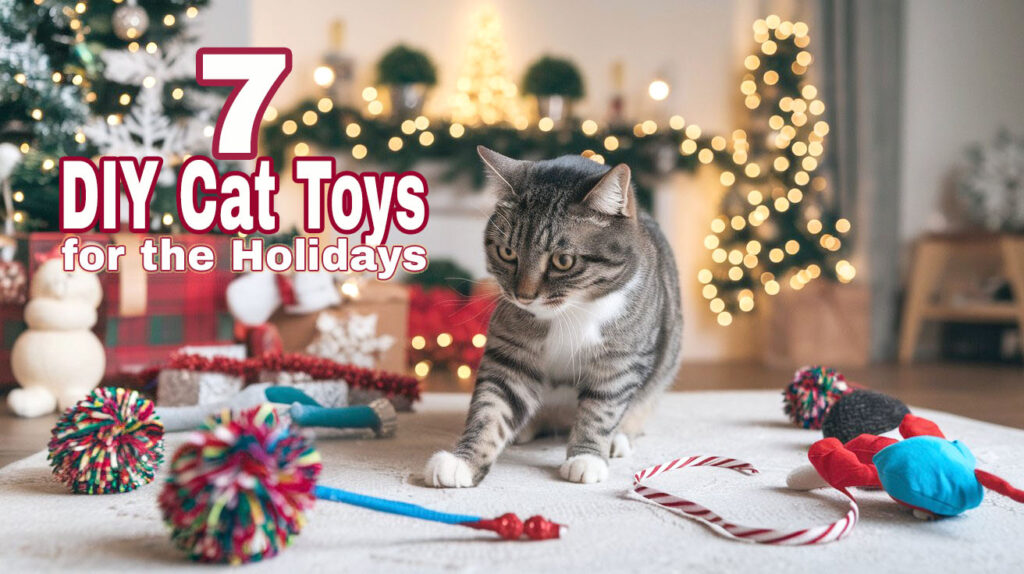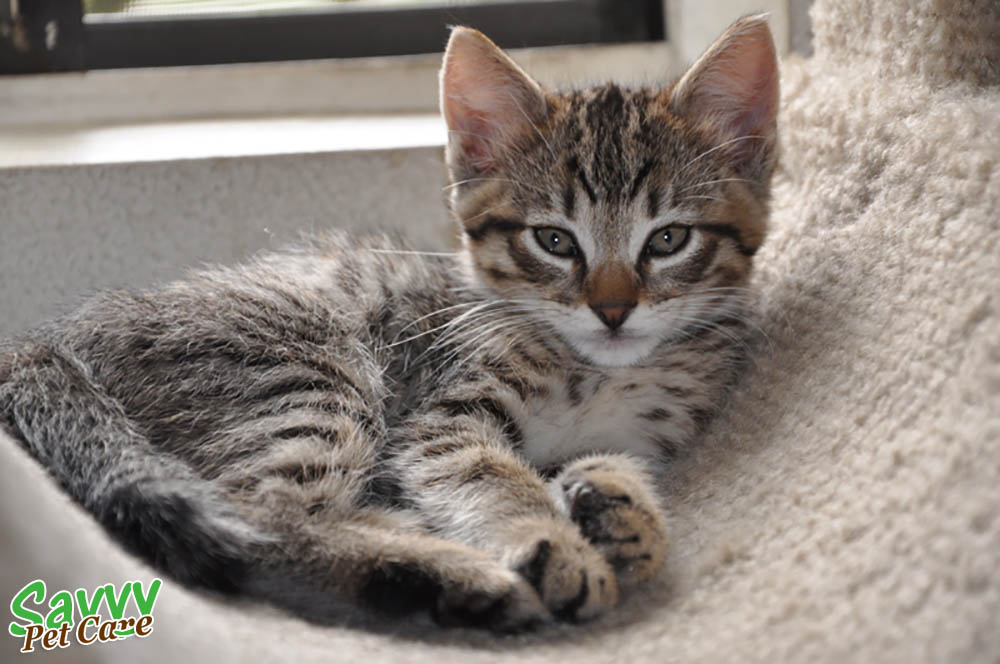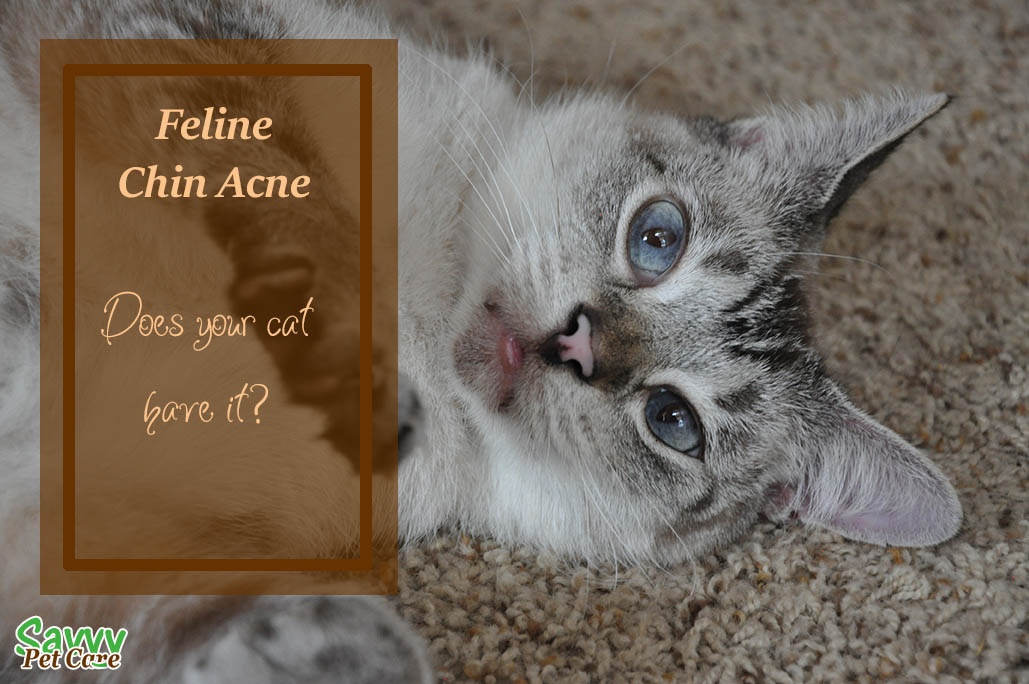Have you ever noticed your cat avoiding their favorite treats or seeming unusually grumpy? It might not just be a bad mood – they could be dealing with stomatitis. This painful inflammation in the mouth can make eating, grooming, and even purring uncomfortable for your cat.
When I first encountered stomatitis with one of my own cats, I was shocked at how much it affected their daily life. Watching a normally energetic, playful cat struggle to eat was heartbreaking. The good news? With the right care and attention, cats with stomatitis can lead happy, comfortable lives.
In this post, we’ll dive into what stomatitis is, what causes it, how to recognize the symptoms, and the best ways to treat and manage this condition. Whether you’re looking for ways to prevent it or help a cat currently struggling, I’ve got you covered. Let’s get started!
What is Stomatitis in Cats?
Stomatitis is a chronic and painful inflammation of the soft tissues in a cat’s mouth. This condition often involves the gums, tongue, and the back of the mouth, making it difficult for cats to eat, groom, or even meow without discomfort.
Unlike occasional dental problems, stomatitis is more severe and persistent. It’s not just about bad breath or tartar buildup; it’s an immune response that essentially causes the cat’s body to attack its own tissues. Understanding the severity of stomatitis is key to providing the care your cat needs.
Causes of Stomatitis in Cats
While the exact cause of stomatitis isn’t fully understood, there are several factors that can contribute to its development:
- Immune System Response: Many experts believe stomatitis is linked to an overactive immune system that reacts to plaque on the teeth.
- Viral Infections: Conditions like feline immunodeficiency virus (FIV) or feline leukemia virus (FeLV) can make a cat more susceptible.
- Dental Issues: Plaque and tartar buildup can trigger inflammation, exacerbating the problem.
- Allergies or Underlying Conditions: Some cats may have allergies or other health issues that contribute to inflammation.
While these are common causes, every cat is different. Understanding your cat’s unique situation can help you and your vet develop the best care plan.
Recognizing the Symptoms
Stomatitis can be tricky to identify at first, as the symptoms often resemble other dental issues. However, there are specific signs you can watch for:
- Drooling: Excessive drooling, sometimes with traces of blood.
- Bad Breath: A strong, unpleasant odor from your cat’s mouth.
- Difficulty Eating: Refusing food, dropping food while eating, or showing discomfort.
- Pawing at the Mouth: An attempt to alleviate pain.
- Swollen or Bleeding Gums: Visible signs of inflammation in the mouth.
- Behavioral Changes: A normally active cat might become withdrawn or irritable.
If you notice any of these symptoms, it’s essential to consult your vet promptly.
Diagnosing Stomatitis in Cats
Diagnosing stomatitis typically involves a combination of observation, physical examination, and tests:
- Oral Examination: Your vet will look for visible signs of inflammation, swelling, and sores.
- Blood Tests: These help rule out infections like FIV or FeLV and check overall health.
- Biopsy: In severe cases, a small sample of tissue may be tested to confirm the diagnosis.
Accurate diagnosis is critical for determining the best treatment plan.
Treatment Options
Stomatitis is a challenging condition to treat, but there are several options available to manage it effectively:
1. Dental Care
- Teeth Cleaning: Regular professional cleaning can help reduce plaque and tartar buildup.
- Extractions: In severe cases, removing some or all of the teeth can significantly improve a cat’s quality of life. While it may sound drastic, many cats thrive after extractions.
2. Medications
- Anti-inflammatory Drugs: To reduce swelling and pain.
- Antibiotics: To treat or prevent infections.
- Immune-Modulating Medications: These help regulate the immune response.
3. Alternative Therapies
- Laser Therapy: Sometimes used to reduce inflammation and promote healing.
- Nutritional Support: Providing soft, high-quality food can make eating more comfortable.
Managing Stomatitis at Home
Caring for a cat with stomatitis requires patience and consistency. Here are some tips to make your cat more comfortable:
- Switch to Soft Foods: Avoid dry kibble and opt for wet or blended food that’s easier to eat.
- Maintain Oral Hygiene: Use vet-approved rinses or gels to help manage plaque.
- Provide a Stress-Free Environment: Stress can exacerbate health issues, so create a calm, comfortable space for your cat.
- Monitor Their Condition: Keep an eye on symptoms and follow up with your vet regularly.
Can Stomatitis in Cats Be Prevented?
Preventing stomatitis entirely isn’t always possible, but there are steps you can take to reduce the risk:
- Regular Dental Checkups: Schedule routine cleanings and exams with your vet.
- Daily Oral Care: Brush your cat’s teeth if they’ll allow it or use alternatives like dental wipes.
- Healthy Diet: Feed your cat a balanced diet to support overall health.
Personal Experience: Living with a Cat with Stomatitis
One of the telltale signs of stomatitis is a fine red line on the gums above the teeth. One of my rescue cats, Christy Paws, had one but I always watched it closely and it would come and go. When she had a flare up, a little l-lysine seemed to help. Christy already had bad teeth so I didn’t do cleanings, and brushing was not something either of us wanted to deal with on a regular basis.
The inflammation from stomatitis can be held at bay but never really cured. The only thing that is permanent is extractions. When Christy’s inflammation got to the point that she wasn’t eating well, unheard of for her, I knew it was time for that. When they did her extractions, they left her fangs. Those too eventually fell out!
If you are considering extractions but worry about how it will affect your cat long term, don’t be concerned about it. Christy never missed a lick. You’d never know she had a full mouth extraction except that she was a much happier cat afterwards. You can read more of the story in her blog post: Why I Went to the Vet on My Road Trip.
This video is the day after her surgery!
Her surgery was over eight years ago and she is still going strong.
FAQs
1. Is stomatitis contagious to other cats? No, stomatitis itself isn’t contagious, but some underlying causes, like viral infections, can be.
2. Can stomatitis be cured? While it can’t always be fully cured, it can be managed effectively with proper treatment.
3. How expensive is treatment? Costs vary depending on the severity and required procedures. Discuss options with your vet to find the best plan for your cat and budget.
Conclusion
Stomatitis in cats is a painful condition, but with early intervention and proper care, your cat can still live a happy and fulfilling life. If you suspect your cat is showing symptoms, don’t hesitate to consult your vet. They’ll guide you in finding the best treatment plan for your cat.
Have you experienced stomatitis with your cat? Share your story in the comments below. Subscribe to my newsletter for more tips on keeping your pets happy and healthy!





